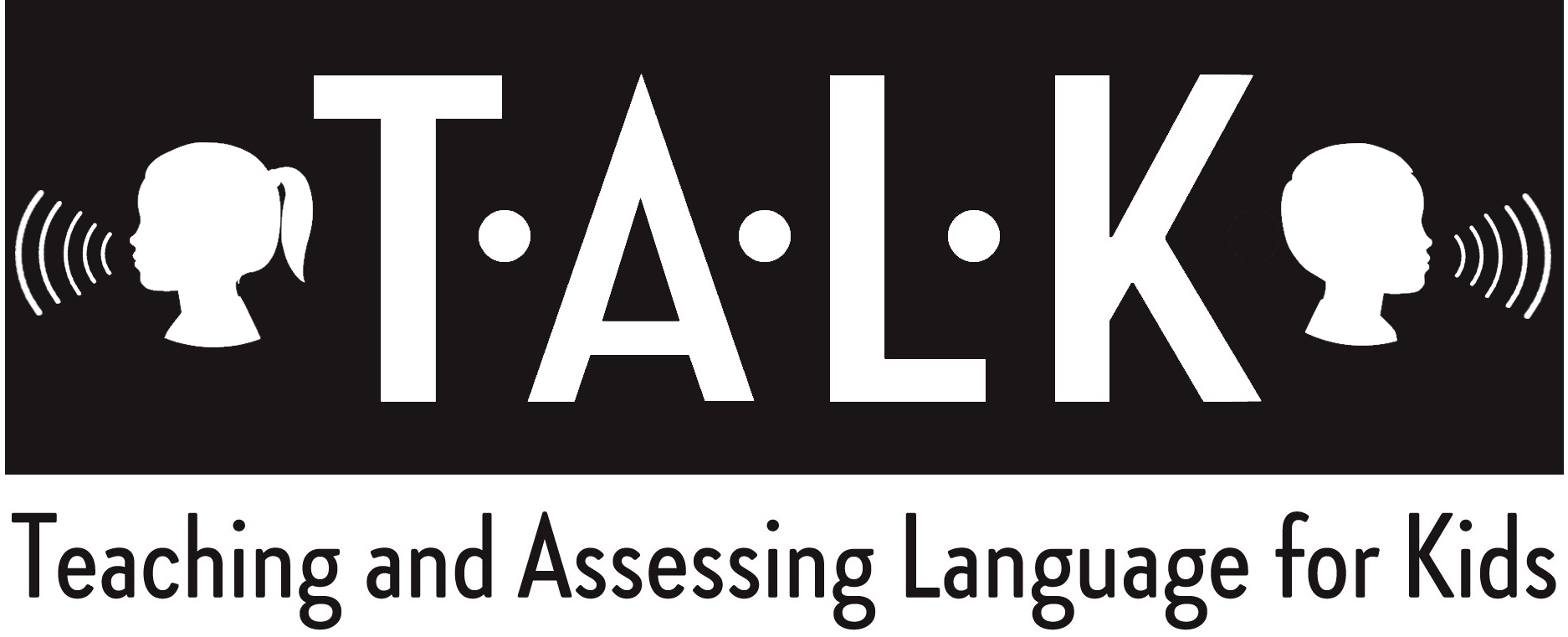It's Rhyme Time
Why is Rhyming important?
Rhyming is important because it is an emergent literacy skill for learning to read. Rhyming teaches children about the language and the different sounds. Teaching sound awareness facilitates reading and writing success. Rhyming helps children learn about word families such as bag, sag, wag, lag, tag, and nag.
Rhyming also teaches emergent readers about the patterns and structures of both spoken and written language. Songs and rhymes provide your child with opportunities to hear the rhythm of the language. Using songs and rhymes will help your child read with different levels of prosody ( i.e., pitch, intonation) in their voice. Rhymes also helps children make predictions while learning words and provides them with decoding skills.
How can you work on Rhyming?
Matching Pictures:
Finding pairs of pictures that rhyme and placing the rhyming pairs together. You could also have the children draw out two pictures and ask them if the two words rhyme.
It can also help just as much to highlight which words don’t rhyme (and be silly about it!)
Reading:
Reading stories with rhymes and talking about the rhyming words and how they sound the same. Teaching your child that the words rhyme because the ends of the words sound the same. You can also recite the rhymes yourself and leave off the rhyming word. Then you can have your child fill in the missing word, which can be both fun and empowering for them!
Nursery Rhymes
Have your child listen to and recite nursery rhymes. Talk about the rhyming words and how they sound the same at the end of the word. After the child is familiar with a particular nursery rhyme, recite the rhyme but leave off the rhyming word. Just as in the previous tip, you can have them fill in the missing word.
Rhyming can be fun and educational and targeted in many different ways! For more ideas on how to facilitate rhyming, talk to your lead therapist today!
